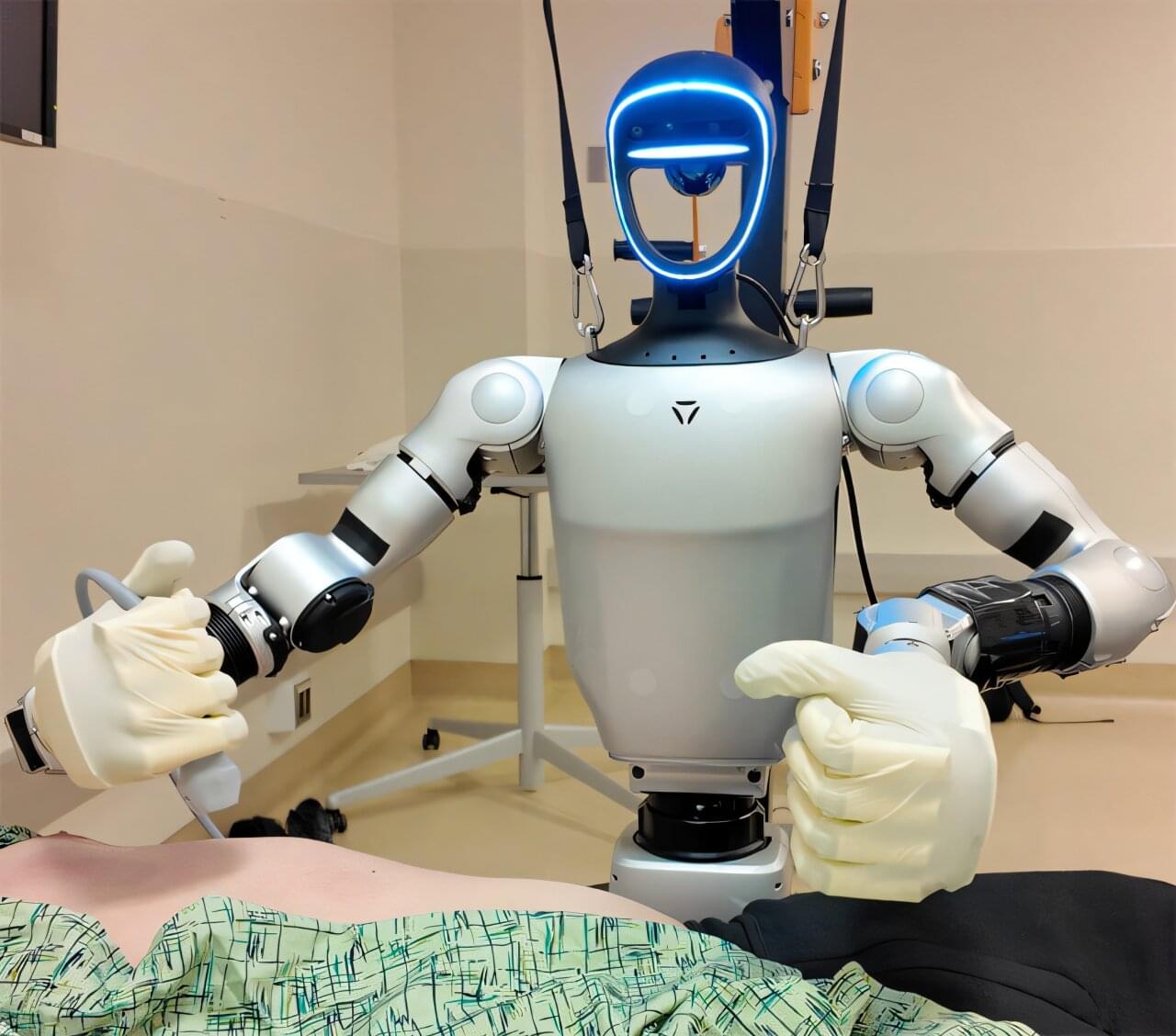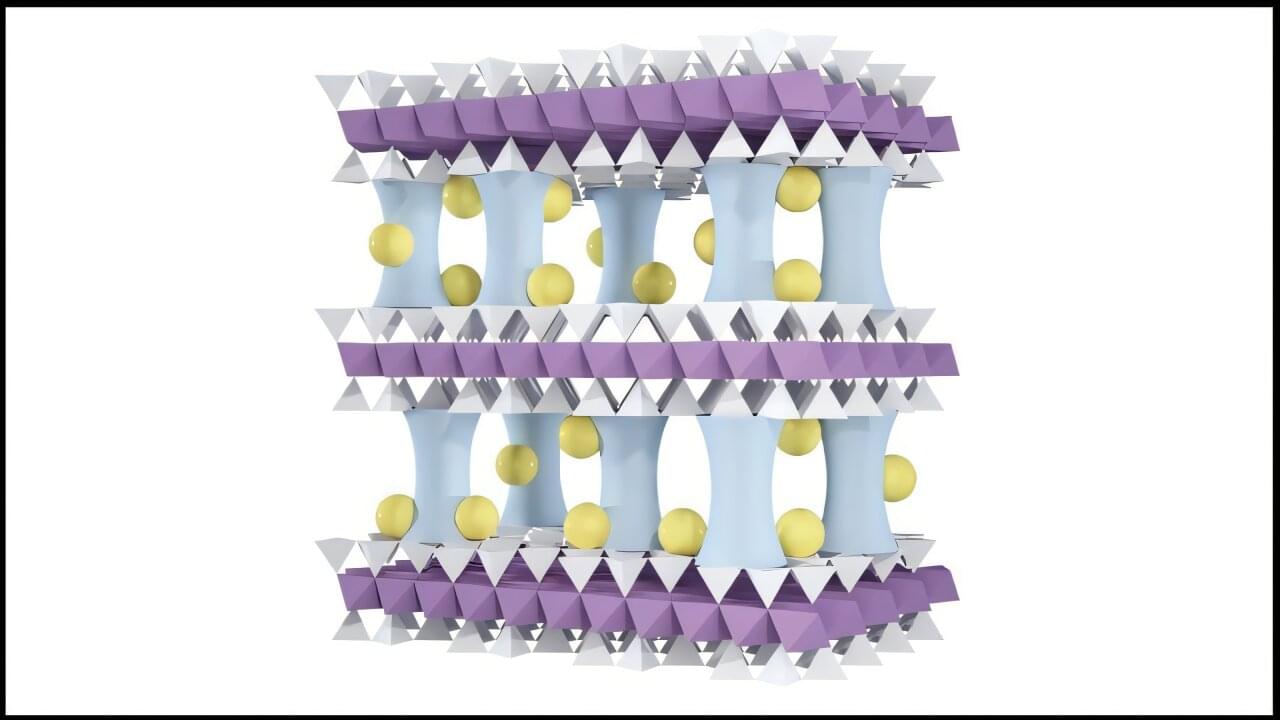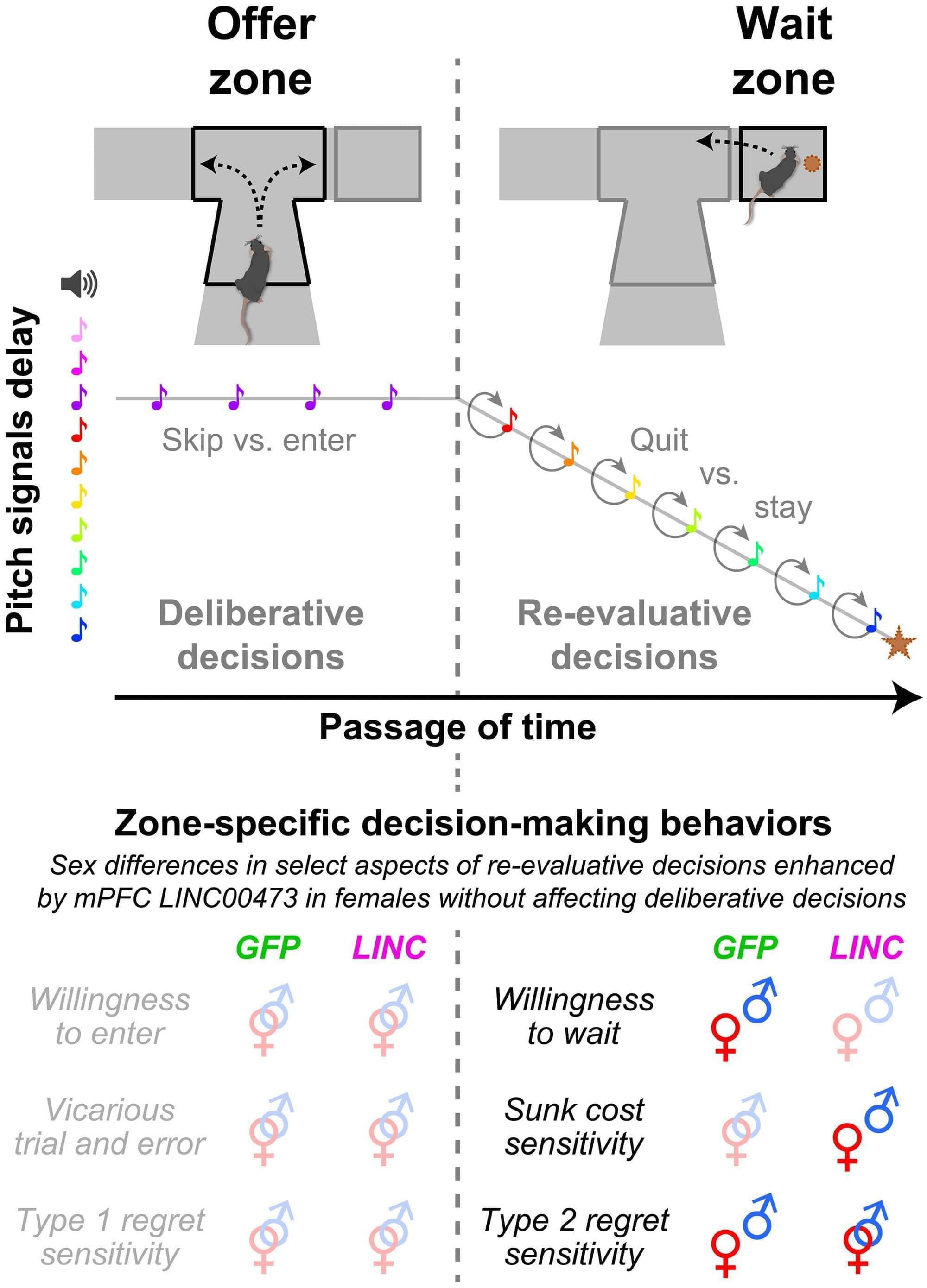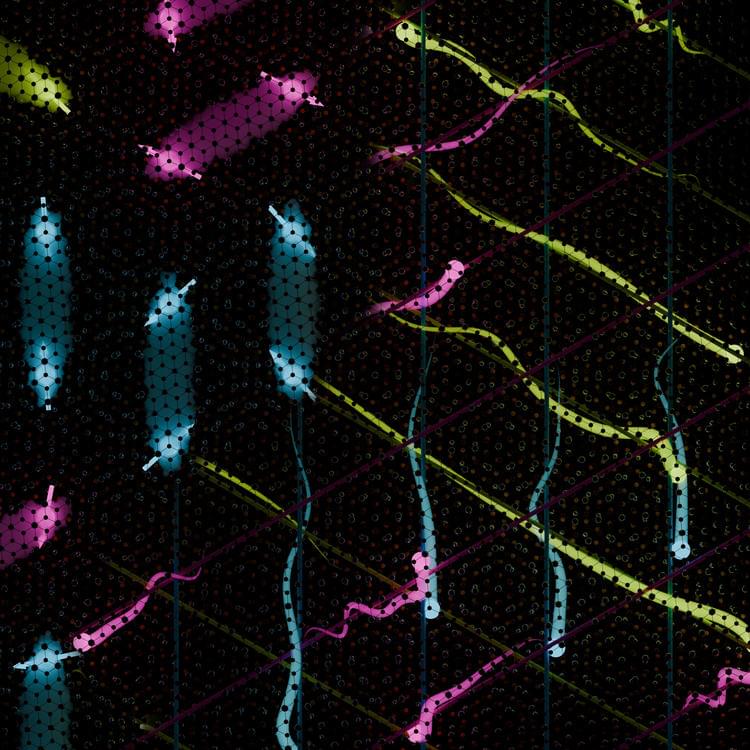A traditionally overlooked type of RNA plays an important role in promoting resilience to depression—but only in females. According to a new study led by the Icahn School of Medicine at Mount Sinai, researchers have now discovered a novel role this molecule plays in how the female brain makes decisions. The authors revealed brain-region-specific and sex-dependent effects of this biomarker, translated from humans to animals, on how individuals make only certain types of choices. This study uncovered differences in how each sex decides whether to change their minds after making mistakes, including when to cut their losses and move on as well as how they process regrets about missed opportunities.
This research sheds important light on how specific types of decisions that could negatively impact mood engage the male and female brain in very different ways. The study, published July 11 in Science Advances, using laboratory animal models, helps uncover new biological and psychological mechanisms that may be linked to psychiatric vulnerabilities.
Women are twice as likely to develop depression than men. Furthermore, depression can manifest with different symptoms between the sexes, including alterations in negative rumination on the past. However, the neurobiological mechanisms underlying these differences remain unclear.





